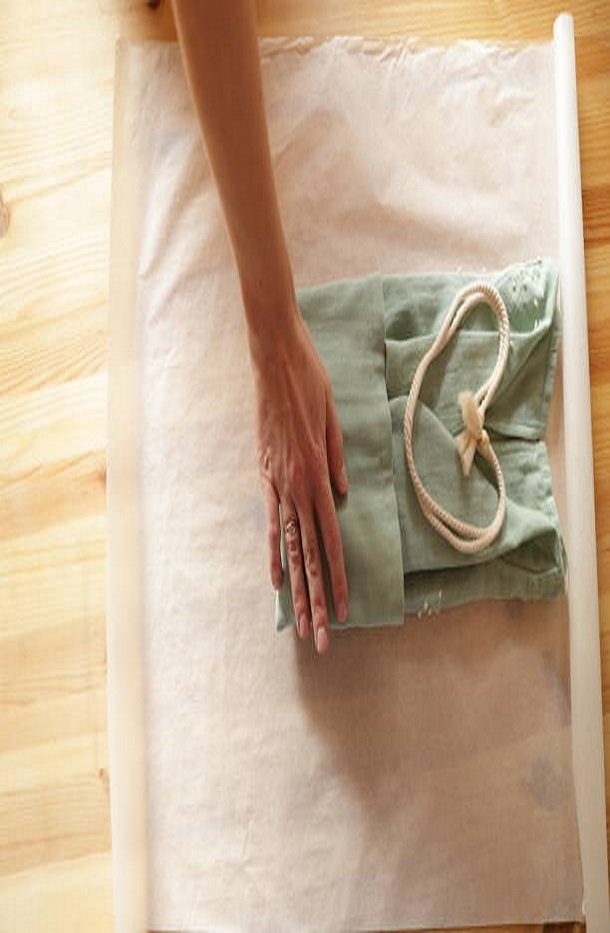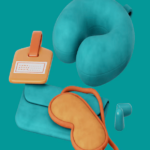Meditation pillows, or meditation cushions, enhance comfort and focus, supporting practitioners in maintaining posture during sessions. Crafting a DIY meditation pillow not only provides a budget-friendly solution but also lets you customize the comfort, support, and aesthetics to match your personal style and meditation goals. We’ll guide you through each step to help you create a meditation cushion that will make a lasting and meaningful addition to your practice.

What is a Meditation Pillow, and Why Make One?
Meditation cushions are designed to help with posture, lifting the hips and allowing the spine to align properly, reducing strain on the lower back and knees. Creating your own pillow lets you tailor the height, firmness, and material—elements that enhance focus and comfort.
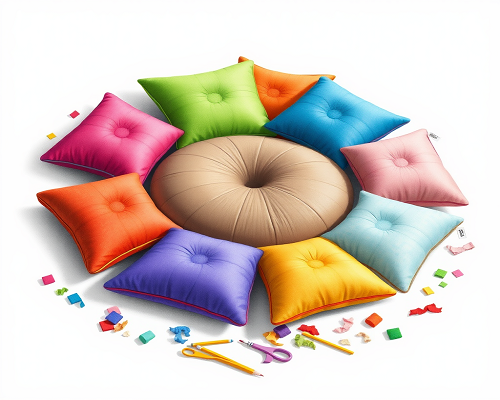
For those who meditate regularly, a handmade pillow can be an enjoyable project that aligns with mindful, eco-friendly values. Beyond saving money, it allows you to choose sustainable materials, whether it’s organic cotton, buckwheat hulls, or recycled fabric. This DIY journey is as meditative as the practice itself.
Choosing the Right Materials for Your Meditation Pillow
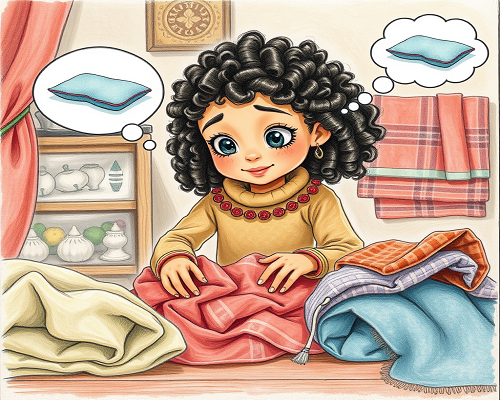
When crafting your meditation cushion, selecting high-quality materials is essential for comfort and longevity .
Fabric Options
- Cotton and Linen: Natural, breathable, and durable.
- Eco-Friendly Fabrics: Look for organic cotton or hemp for a sustainable choice.
- Durability and Comfort: Fabrics like canvas add sturdiness, while soft options provide a cozy feel.
Filling Materials
- Buckwheat Hulls: Firm, conforming to body shape, and breathable—ideal for traditional zafu cushions.
- Kapok Fiber: Lightweight, soft, and similar to cotton in feel but with more resilience.
- Recycled Cotton or Polyester: Budget-friendly and offers a softer feel, though may not last as long as natural fills.
Eco-Friendly and Sustainable Choices

Using sustainable materials not only benefits the environment but also adds to the intrinsic value of your cushion. Opting for natural fills and organic fabrics creates an eco-conscious and toxin-free accessory.
Tools and Supplies Needed
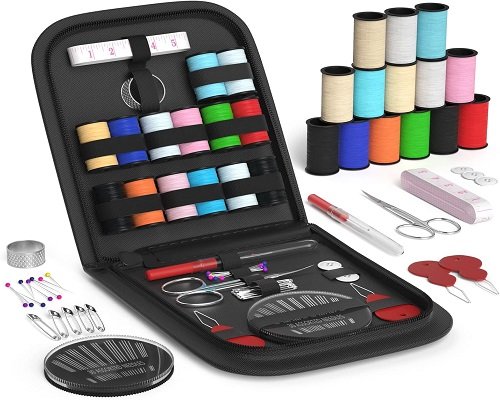
To make your meditation pillow, you’ll need:
- Basic Sewing Tools: Needles, strong thread, pins, and a sewing machine.
- Measurement Tools: A ruler or measuring tape ensures accuracy.
- Optional Zipper and Handle Materials: For easy cleaning and portability.
These simple items, paired with the right fabric and filling, will allow you to craft a cushion that serves your needs for years.
Designing Your Meditation Pillow
Choosing the Perfect Shape and Size
Popular shapes include round zafu pillows, flat rectangular zabutons, and crescent-shaped cushions. Select a shape that matches your meditation style and comfort preferences. For example, zafus help with cross-legged postures, while bolsters offer support in reclining poses.
Personalizing with Colors and Patterns
Choose colors and patterns that bring you peace and encourage calmness. Earthy tones, mandalas, and minimalist designs are popular, but the choice is entirely personal.
Adding a Removable Cover
A removable cover allows for easy washing, extending the life of your cushion. Opt for a cover with a zipper or velcro for simple removal and refilling.
Step-by-Step Guide to Making Your Meditation Pillow
1. Planning and Measuring

- Size Selection: Choose a height between 4–6 inches for most meditation practices.
- Cut Fabric Pieces: Trace and cut fabric based on your chosen dimensions, leaving an extra inch for seam allowance.
2. Sewing the Pillow

- Assemble the Panels: Sew side panels together to create the main shape.
- Attach Top and Bottom Panels: Complete the main body of the cushion by stitching top and bottom pieces.
3. Filling and Finalizing

- Add Fill Gradually: Adjust the filling to achieve the desired firmness.
- Close the Pillow: For a permanent seal, stitch the final seam closed. For adjustability, add a zipper.
Caring for Your DIY Meditation Pillow
Cleaning
Wash the cover according to fabric recommendations. Organic fabrics may require gentle washing to maintain their integrity. Avoid wetting the filling materials; spot clean when necessary.
Adjusting Firmness

Over time, the fill may compress. Refill with buckwheat hulls or additional material to restore firmness and height as needed.
Benefits of Using a DIY Meditation Pillow
A handmade pillow offers customization that store-bought versions can’t match. Designing your own pillow to the exact size, firmness, and fabric you prefer enhances your meditation experience, especially if you meditate daily. It’s also a sustainable, mindful project that aligns with the principles of many meditative practices.
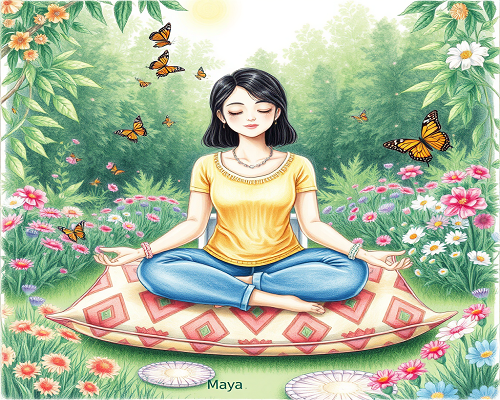
Summary
Creating a DIY meditation pillow is a rewarding way to support your practice. Customizing your cushion with preferred fabrics, fills, and colors ensures a meaningful meditation accessory that promotes comfort and peace. This guide provides all the information you need to get started, from material selection to step-by-step construction.
FAQs
What’s the best fill for a meditation pillow?
Buckwheat hulls provide firm support and conform to the body, making them ideal for meditation pillows.
Can I wash a homemade meditation pillow?
Removable covers can be washed. For pillows without covers, spot cleaning is recommended to preserve the filling.
How much fabric do I need?
For a standard zafu, about half a yard of fabric is sufficient. Larger cushions may require more.
By following this guide, you’ll have a meditation cushion that’s tailored to your exact needs, providing comfort, support, and mindfulness in every session.
Anti-Allergy Pillows Aromatherapy Pillows Meditation Pillows.
Bamboo Pillow Natural Latex Pillows Organic Cotton Pillows Recycled Material Pillows

